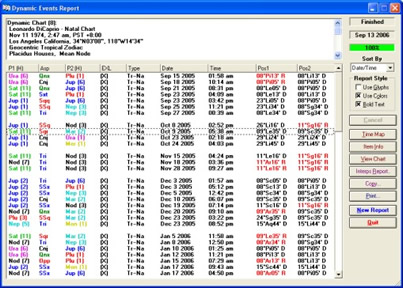
Payback times will vary depending on the system you' re replacing, your household's hot water usage and (of course) the size and price of the new solar or heat pump hot water system. Most households switching from a gas or electric storage tank system to a solar hot water system or heat pump should find that their hot water costs reduce by at least 50%, and in many cases a lot more. What is the payback time for solar hot water? The survey includes solar and heat pump systems. While we haven't tested solar hot water or heat pump systems, we have surveyed our members about their hot water systems to find out which brands they find most reliable. Solar and heat pump hot water systems are supplied by many companies, such as Rheem, Solahart, Bosch, Chromagen, Apricus, Dux, Stiebel Eltron and others. Heat pump hot water systems range in price from about $3000–4000 fully installed.Systems with a roof-mounted tank tend to be a bit less expensive than split systems, and electric-boosted systems tend to be less expensive to buy than gas-boosted systems. Solar power hot water systems range in price from about $4000–8000 fully installed.

How much does a solar hot water system cost? Pricesįor both solar and heat pump hot water systems, the final cost can vary as it depends on the cost of the system, installation, rebates and the price of small-scale technology certificates (or STCs) at the time of purchase. This form of boosting is often the most efficient because it only heats the water when hot water is actually being used. The gas booster is usually a continuous flow ("instantaneous") gas water heater – if you turn on a hot water tap in your home, but the water coming from the storage tank is too cold, the heater starts up and heats the water to the right temperature before it reaches your taps. LPG is typically more expensive to run, but it's a good option if you already have LPG bottles installed. Gas-boosted systems can run from natural (reticulated) gas, or from LPG bottles. Electric boosting is effective but not always the most efficient, because the booster will start up whenever the tank water starts getting too cold, regardless of whether you actually need hot water at the time. But hot water systems often need boosting at night (when you're likely to be buying more expensive electricity from the grid) so the solar panels are likely to only power some of the heat boosting. It will need to be boosted (brought back up to temperature) by either an electric element or a gas burner.Įlectric-boosted solar hot water systems are usually a bit cheaper to buy, and they make extra sense if you've also got solar panels to reduce the cost of the electricity. On days with little sunlight, or in the evening when hot water has been in high demand during the day, the tank water can get too cold. Solar energy isn't usually able to provide hot water heating all the time.
#Solar fire gold display comments install


The liquid in the panels circulates into the tank via the thermosiphon effect (as water heats up, it becomes lighter and rises into the tank). Thermosiphon systems have both the collector panels and the storage tank mounted on the roof.You need a large tank to allow for days with less sunlight (or more hot showers than usual). A four-person household typically needs about four square metres of solar collector area (two panels) and a 300–360L tank. Solar hot water systems consist of solar collector panels and a storage tank.


 0 kommentar(er)
0 kommentar(er)
